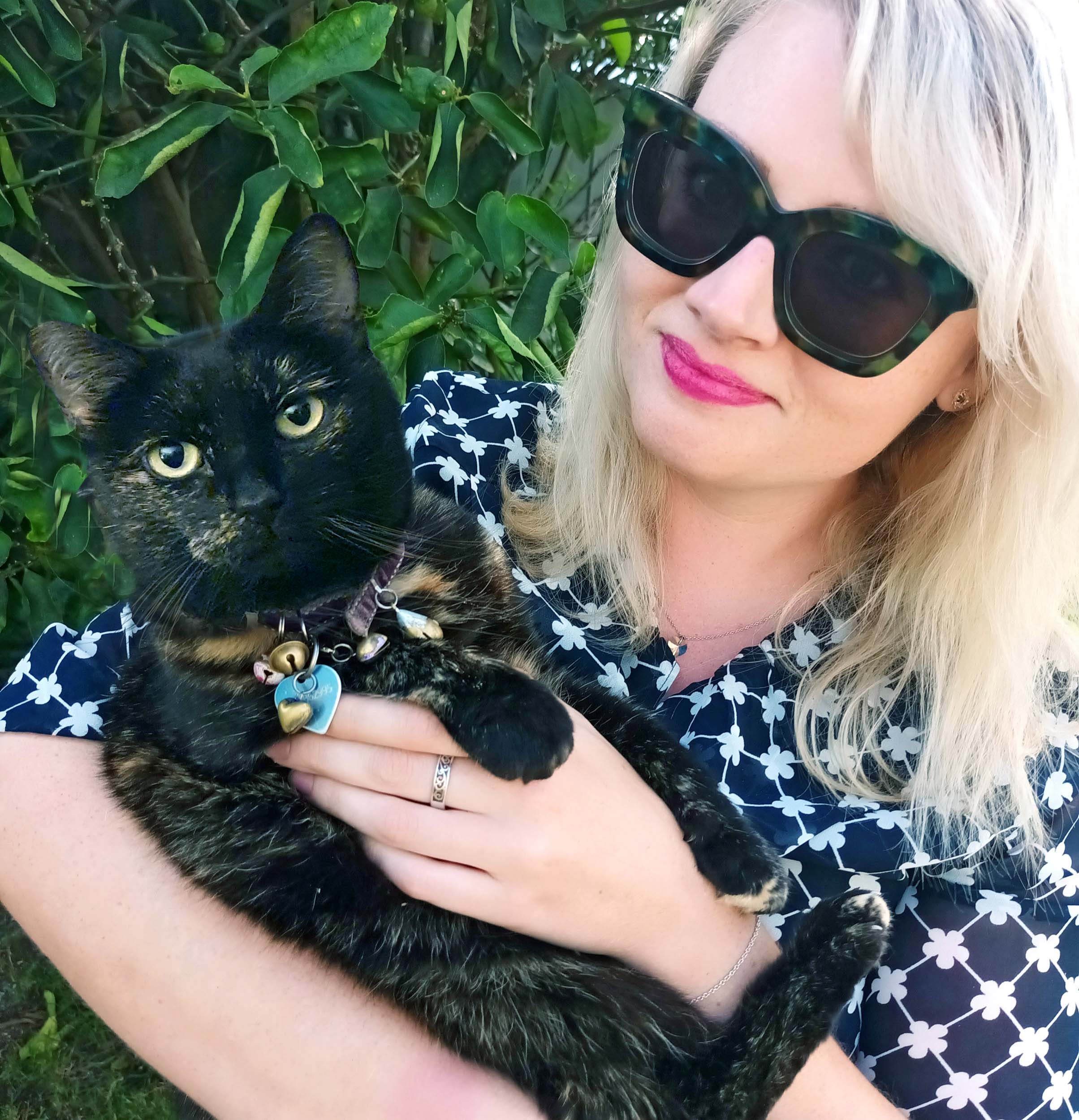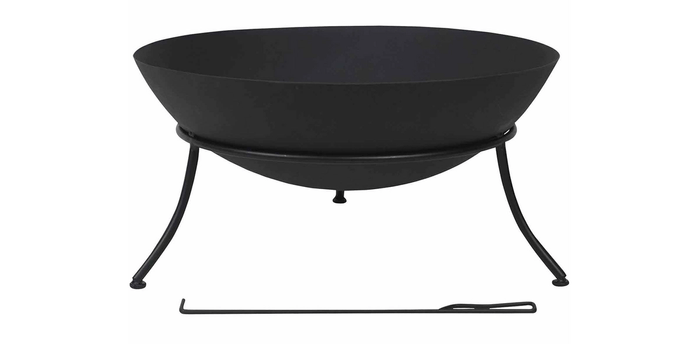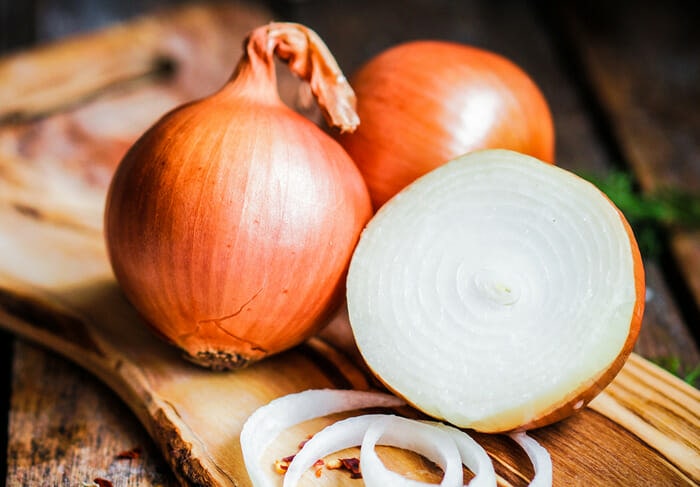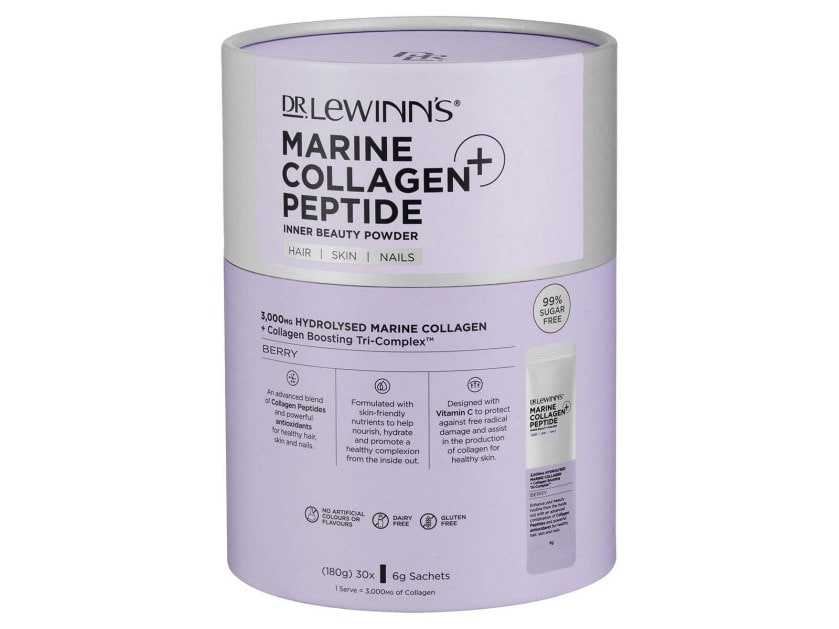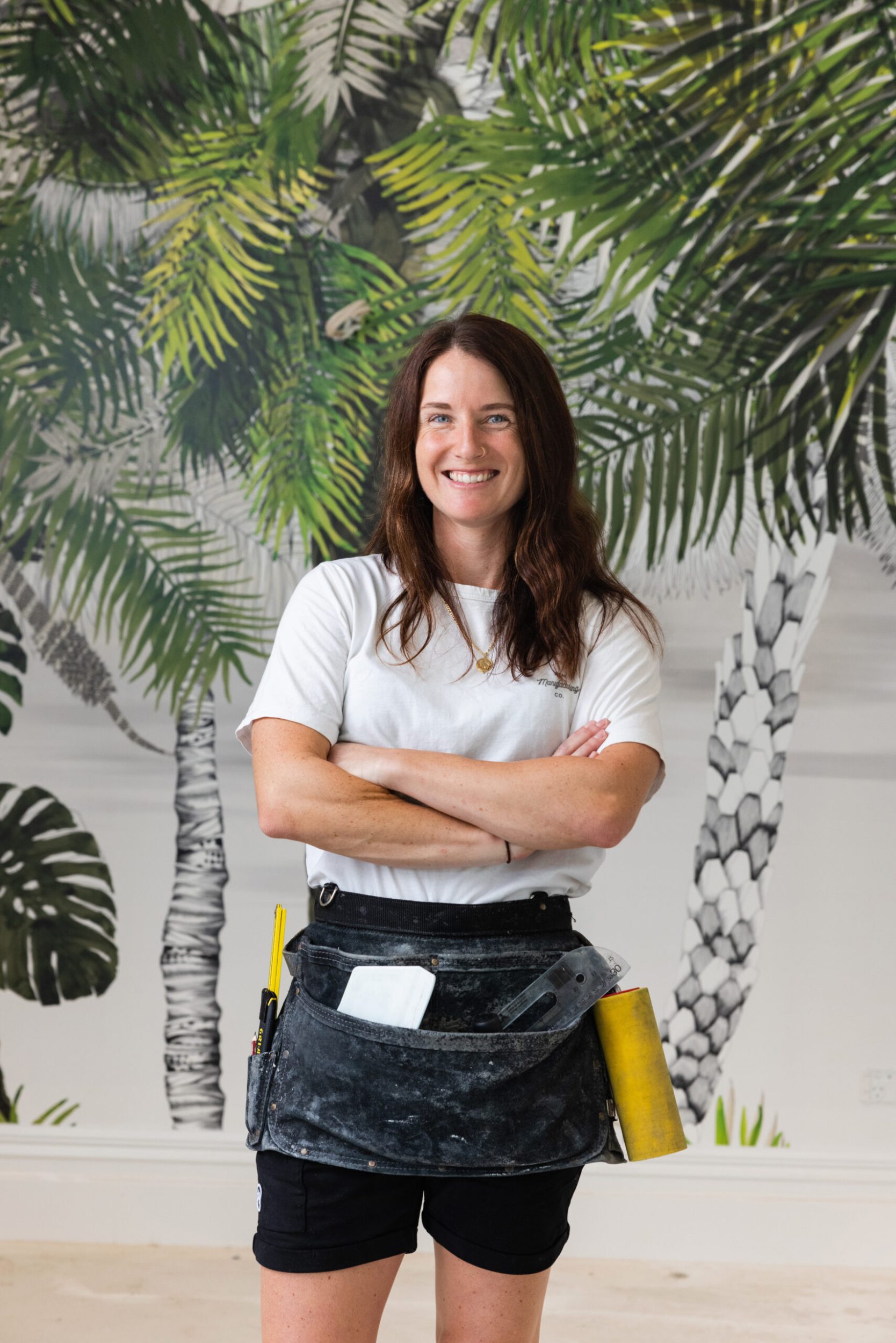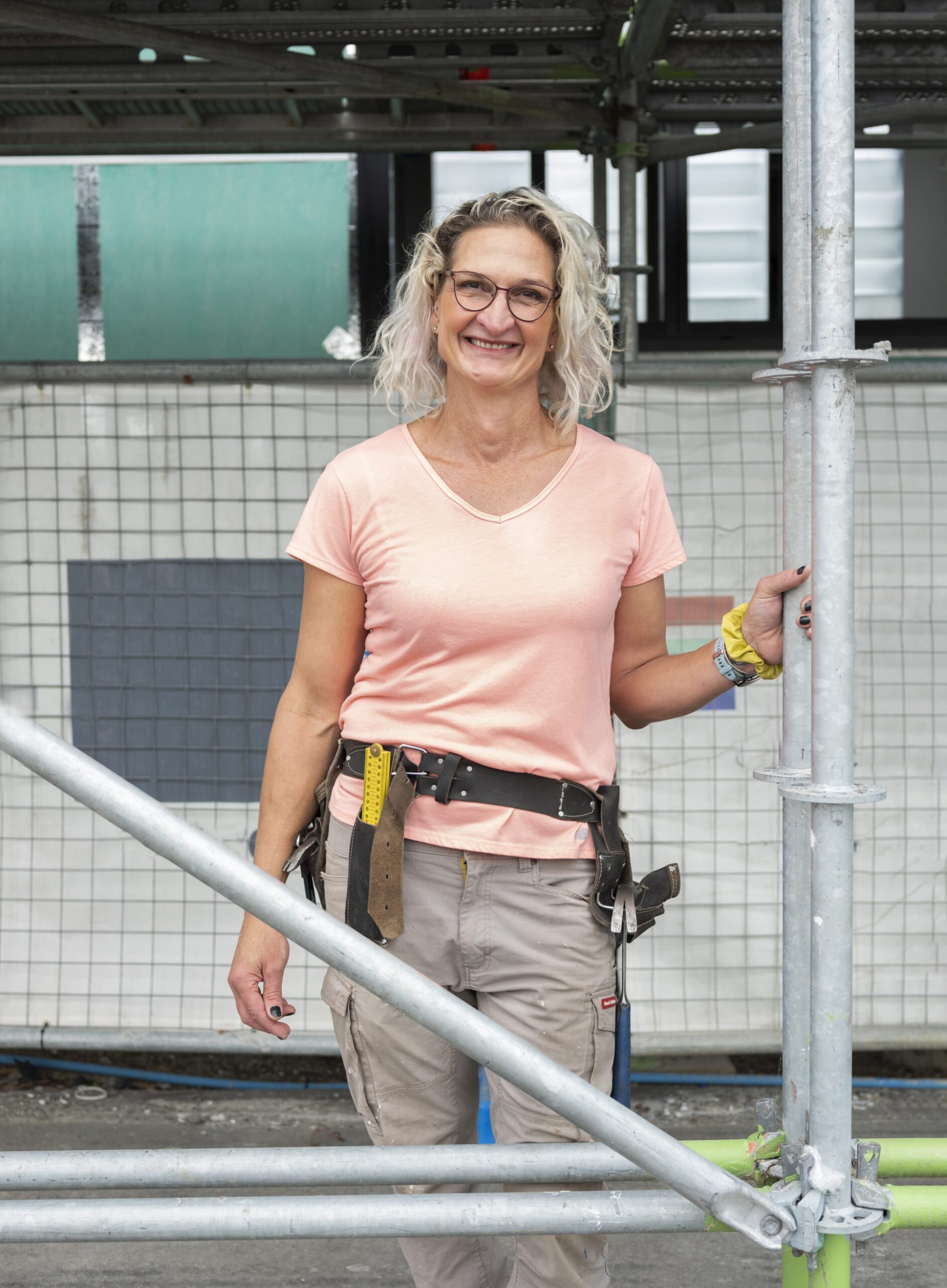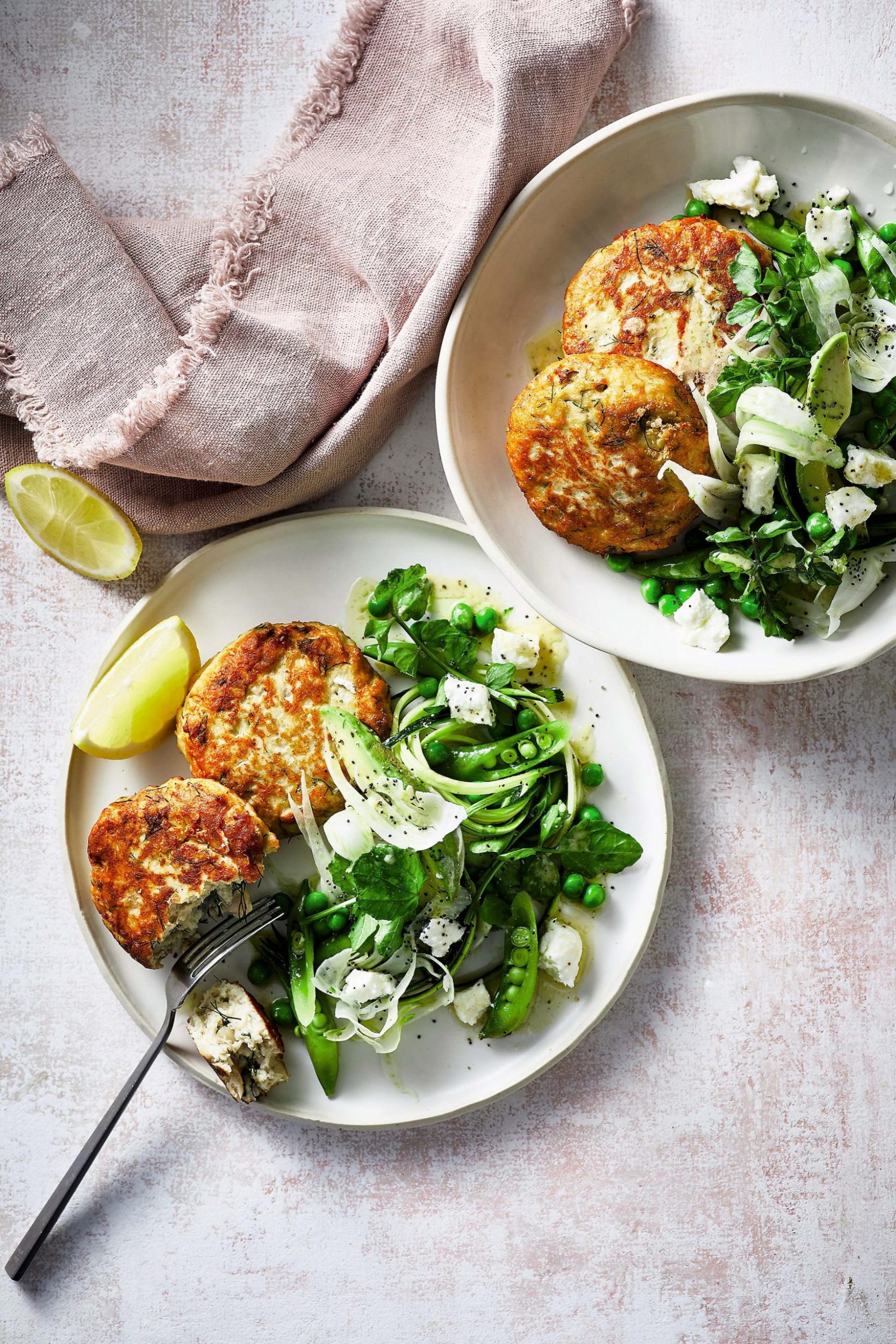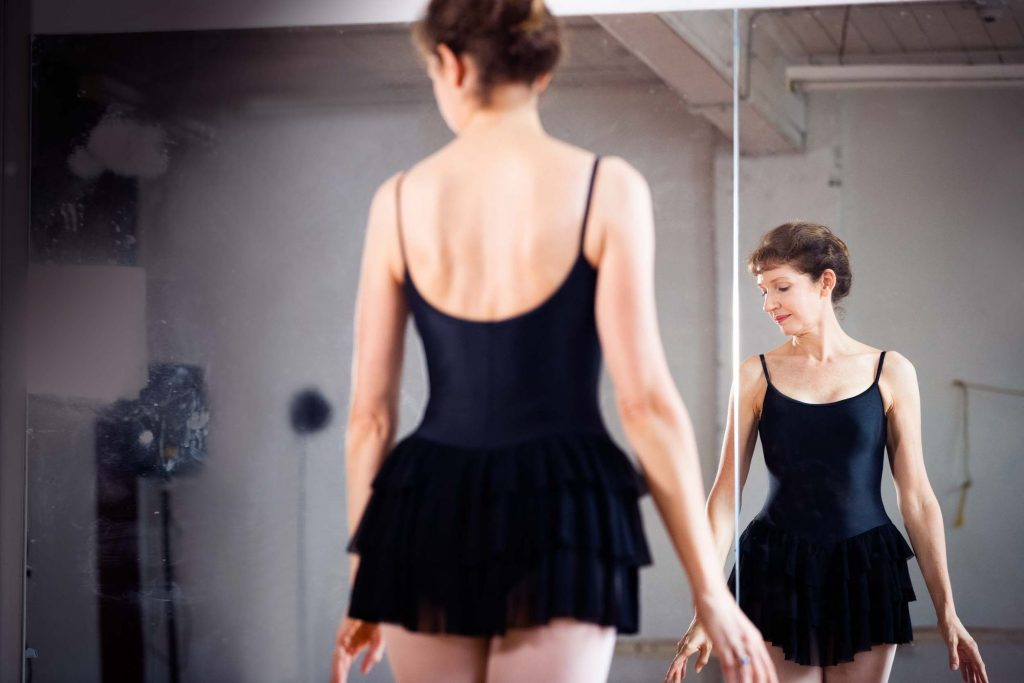From business executive to world-renowned psychic, Gaia Chinniah’s spiritual awakening has surprised no one more than herself. Donna Fleming discovers why.
The first time it happened, Gaia Chinniah thought she was losing the plot.
She’d been going to a Māori healer for massages and herbal treatments to help her soaring stress levels, and on one visit the woman told Gaia she’d sensed an energy change in her, and suggested they swap places. The healer got on the massage table and told Gaia to do “what you know how to do”.
Gaia didn’t have a clue what the woman meant. She was a busy executive, running a product distribution business and dividing her time between New Zealand and Malaysia. She knew nothing about healing.
“I was thinking, ‘What are you talking about?’” recalls Gaia. “But she lay on the table, so I went and touched her head, and in that instant my life changed forever.”
All of a sudden, Gaia says, she lost her eyesight, but was able to see information about the woman in her mind. “I could see her previous lives. I could see all the cells in her body. I could see future things coming up for her. I was freaking out because I’d never experienced anything like it. Up until then I thought I was in control of my life, but in that moment with her, I had no control.”
As shaken as she was by the experience, Gaia instinctively understood that she was somehow being guided to perceive certain things about the healer. “I was able to tell her about an illness she had. I was very upset, because I wasn’t sure what was going on, but she kept encouraging me. She thought it was great. But I left there honestly thinking I was going crazy.”

When she got home, Gaia phoned her partner and told him, “You have to come home, there’s something very wrong with me.” When she explained what had happened, he told her not to panic.
“He suggested I see if it happened again with someone else, someone I didn’t know, before I completely freaked out about it. A couple of days later, he and a friend organised for some young guy I didn’t know to come over to the house.”
Gaia, 38, chuckles as she recalls telling the stranger, “I don’t know what is going to happen, but can you just lie on my couch?”
Again, when she touched him, her vision disappeared and was replaced with mental images of who he was and what was going on in his life. It was momentous, and from then on, Gaia set off on a totally new and unexpected path, becoming a spiritual coach, healer and medium who guides people based on the messages she gets during her sessions with them.
“This is the last thing I ever expected I would be doing – I was so shocked, and I am still totally blown away,” she admits. “But I know that this is what I am meant to be doing – helping people to understand what is going on with their life, and how to go forward being the best they can be, and finding the fulfilment they’re looking for.”
Five years down the track, she is highly sought-after for her skills. She not only has clients all over the country, but, until Covid struck, she had people flying in from around the world. She also used to travel around the globe to do readings before the pandemic restrictions.
“One of my most dedicated clients lives in Hong Kong and has flown to see me in Malaysia, London and here,” Gaia says. “My clients include businesspeople, top CEOs, professional sports players, actors, doctors… there’s a group of obstetricians who fly up from Wellington to see me once a year. I see people from every walk of life.”
She carries out her consultations from her home, a light and bright art-filled duplex on Auckland’s North Shore with a jaw-dropping view across the Hauraki Gulf to Rangitoto.
Like her home, Gaia is warm and welcoming. After five minutes in her engaging company, she feels like a friend you’ve known for years and who you could happily chat to for hours, putting the world to rights.
“I’ve had people telling me that they were expecting someone in a crushed velvet robe and turban with a crystal ball,” she smiles. “But no, you just get me – a very normal person who loves to cook and play the guitar. I’m not very woo-woo.”
She’s prepared a delicious lunch for the team from Woman, and over lasagne and salad explains how nothing in her background prepared her for the incredible turn her life took five years ago.
Gaia was born in Malaysia into a Hindu Sri Lankan family. They moved to Christchurch shortly before she started school and lived there until Gaia was 14, when they shifted back to Malaysia.

PHOTO SUPPLIED
She missed New Zealand and returned when she was 18, doing a Bachelor of Communication Studies at the University of Waikato, then a postgraduate diploma in public relations and a master’s degree in management.
She was, she admits, hell-bent on doing as well as she possibly could. “Coming from my culture, I was led to believe that you had to stand out, and I was a woman on a mission to prove myself.”
Her first job was in finance, and then a hankering to work for a not-for-profit organisation led to a role as a fundraising co-ordinator for Greenpeace. Next she got to fulfil a teenage dream to work in TV and radio, marketing beauty products on shows such as Good Morning.
She enjoyed that but always knew she wanted to start her own business and saw the perfect opportunity when she discovered stand-out products made by an organic skincare company.
“I said to them, ‘If I quit my job, can I be your marketing consultant?’ I helped them launch the brand here and then they suggested I took it to Malaysia. I became the first female in her twenties to set up a direct marketing company in Malaysia.”
That wasn’t easy. She found it hard to be accepted because of her race, gender and age. “Being the tenacious person I am, I wasn’t going to let that stop me, but I had to work really hard to prove my worth,” recalls Gaia. “I ended up leading this very high-stress life, flying backwards and forwards between New Zealand and Malaysia and living out of my suitcase for years.”
By the time she got to her early thirties she was starting to wonder what life was all about. “I’ve always been interested in spirituality because it’s part of my culture, but I found myself thinking a lot more about what I was doing here. Then the year before I turned 33, I had this feeling that something amazing was going to happen to me when I got to that age. I didn’t know what it was, but I had this intuition that was so strong.”

PHOTO SUPPLIED
The feeling was correct – she was 33 when her incredible ability to “read” people and help them navigate their path in life suddenly manifested. Within weeks of her experiences with the healer and the volunteer, word got out about her newfound skills and people began getting in touch, asking for readings. Her partner initially thought it could be a hobby, but demand grew so quickly that eventually she created a business, Soul 33. She still has her marketing company but now mostly focuses on her spiritual work.
Gaia calls what she does soul progression therapy, a name she has trademarked. She explains that she assists people to progress on their spiritual journey by providing them with insights she gains from “spirit guides”. Thanks to them, she says she hears voices, sees images as if on a video screen, smells odours and feels emotions which combine to paint a picture of the person having the consultation. She also sees what she describes as a “blueprint” of not just this life, but previous ones.
“In the process of reincarnation, you have had these experiences that have shaped who you are. I can see the past lives and the repeating patterns.”
When she perceives past lives, she says she often finds herself going back in time with the person, experiencing with them what they’ve been through. “I might be there with you in 1850, walking along behind you and seeing what is going on. I’ll be going, ‘OK, so this is what you’ve done.’”
I can see the past lives and the repeating patterns… I might be there with you in 1850, walking along behind you

PHOTO BY REUBEN LOOI
But just because we have a pattern of repeating experiences that doesn’t mean we are stuck on that path for good, Gaia points out. “If you understand what is happening, you can break the blueprint and change things.”
She says her information also comes from loved ones who’ve died. “I see souls as flashes of light, and I’ll say, ‘Your grandfather on your mother’s side is here and he’s telling me such-and-such.’”
Health issues are often revealed to her during readings, sometimes via smell, she says “I can smell diseases. Cancer, for example, has a very distinctive smell. It’s really awful,” she says.
“I had this client come to me a while ago and I could smell sulphur. I asked my guides, ‘Why are you making me smell this? And they were like, ‘Because she’s allergic to eggs.’
“When I said to her, ‘I’m being told you can’t eat eggs, they’re making you sick,’ she said, ‘I’ve eaten eggs my whole life and last week I discovered I am allergic to them.’
“So, in that case she already knew, and what I told her was validation. But sometimes I tell them things they don’t know, and it is a real eye-opener.”
Gaia says she never gets details her clients can’t cope with. “That’s because the information is coming from them, and I never get more than they can deal with. Some people are very open and I could read for them for days. But others can only handle a certain amount of information and I only get what they need to know. I get the information that will carry them through for now, and often it is stuff they already suspect – hearing it from me is confirmation.”
She once did a reading for a client in which she saw the woman’s son getting hit by a car. “I could see everything playing out and I knew he would be OK. I told her as a reassurance to her. A year later she messaged me to tell me it had happened just as I said. They had to drive three hours to get to him and knowing I had said he was going to be fine really helped her.”
Being allowed into people’s lives to look at who they are, what has shaped them, and also what the future may hold for them, is a huge responsibility, says Gaia, and one she always takes very seriously. Sometimes the insights can be heartbreaking, such as telling someone their relationship is in trouble; other times they bring great joy.
“I said to one client, ‘You’re going to have a baby girl,’ and she said, ‘Gaia, I’m 40, I haven’t had a partner for 15 years.’ But that is what I was seeing. I saw her six months later, and she’d met a guy. I reminded her about the baby girl. She was 41, she didn’t think it would happen. But last year she had a
baby, and it was a girl.”
She asked another client about her brother, only for the woman to tell her she didn’t have one. “I was being told she did, but she said she only had a sister. I thought, OK, what was that about? A few months later I got a message on my Instagram from this lady – a young guy had knocked on her door to tell her he was the brother her father had never told her about.”
The sessions aren’t just about clients being given clarity about their lives and suggestions about what paths to take in the future. “What people often don’t realise is that they’re coming here for healing,” Gaia says. “Often the words that come out of my mouth facilitate the healing process. They may trigger people to start dealing with things that are going on, that have to be sorted out before they can move on.”
Gaia finds the consultations very physically and emotionally draining, because she says she can feel what her clients are experiencing. She says she’s had to learn to let go of the pain and trauma she takes on from them. For example, if they’ve experienced abuse or neglect or grief, she says she feels it too.
“When I first started I would be crying able to release their feelings and restore myself to my balance.”
And despite her work, there are a lot of things about her own life that she doesn’t know. “My guides don’t tell me everything. Often I’m still left to go, ‘So what do I do now?’ I still face challenges I have to figure out. But there is certain knowledge I do have about my life and I have made decisions based on that.”
Gaia believes she didn’t discover her talent until her thirties for a reason. “I think my guides have been with me since I born – everyone has guides with them from birth – but I didn’t develop the ability to be able to connect with them until I was ready to. I think I was meant to experience life normally for my first 33 years so that I could be practical and down to earth, and able to relate to people. I can use my life experiences to speak to people with integrity and honesty.”
I think I was meant to experience life normally for my first 33 years so I could be practical and down to earth

She’s aware that many of the people who come to her want to further their spiritual journey, which is one of the reasons she has created an app called The Beacon by Soul33. It provides users with a variety of resources, from meditations and exercises through to remote healing, podcasts and a group chat for like-minded people.
“When you go through a spiritual awakening it can feel like you are having some kind of breakdown, so I wanted to create something where people are not afraid of discussing what they are going through. When I went through what happened to me, I found it hard to know where to go for support, and this app is something I would have wanted when I was freaked out.”
The app also provides ongoing support to people who have had a consultation, and shares her insights about spirituality to those who can’t get to see her. She feels driven to help as many people as she can.
“Most people are looking for fulfilment in life and I feel so grateful that I am able to help,” Gaia says. She pauses for a moment as emotion takes over and her eyes fill with tears. “It humbles and amazes me every day that this is what I get to do.
“I just feel so lucky that I found my purpose, and that when I look back on my life, I can know I helped people.”













